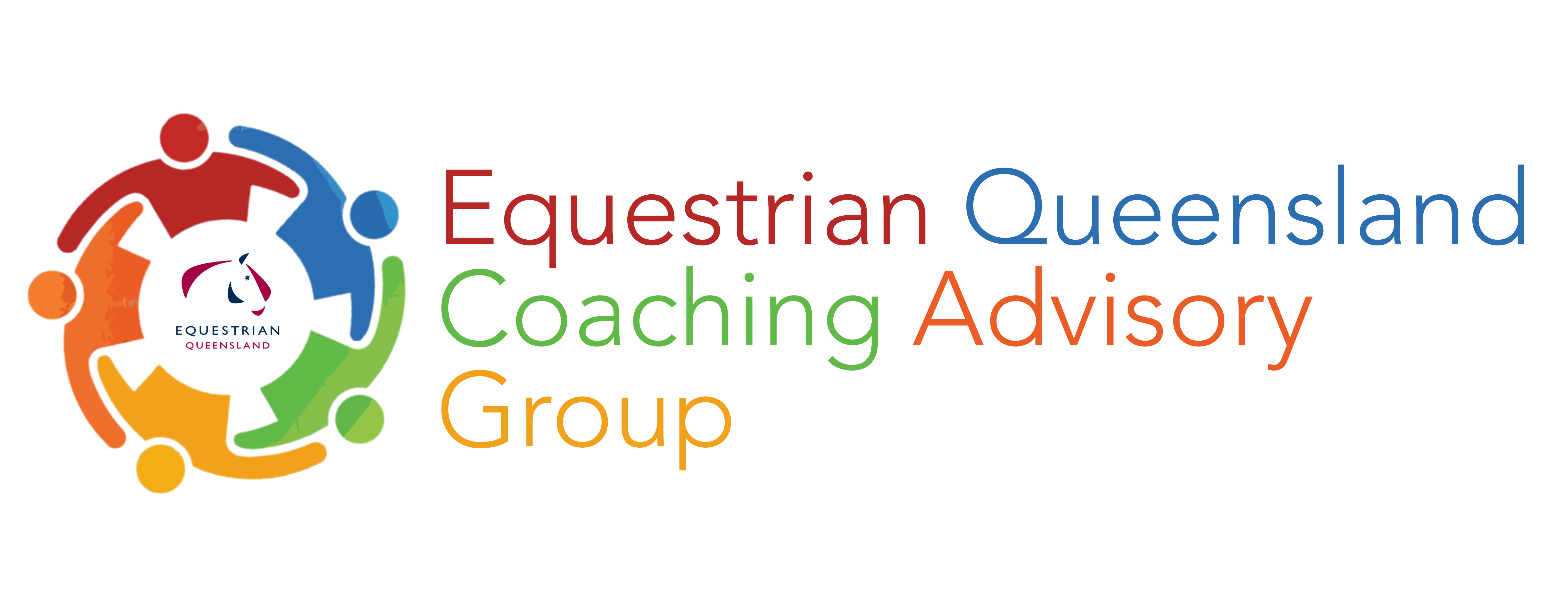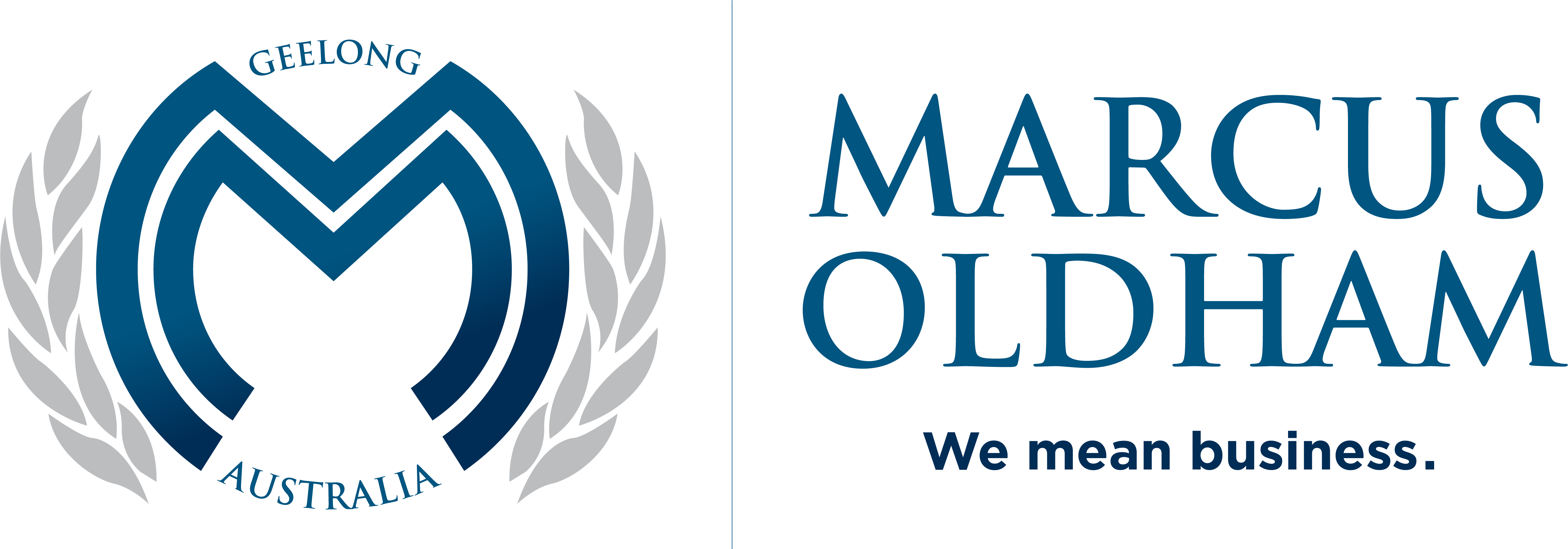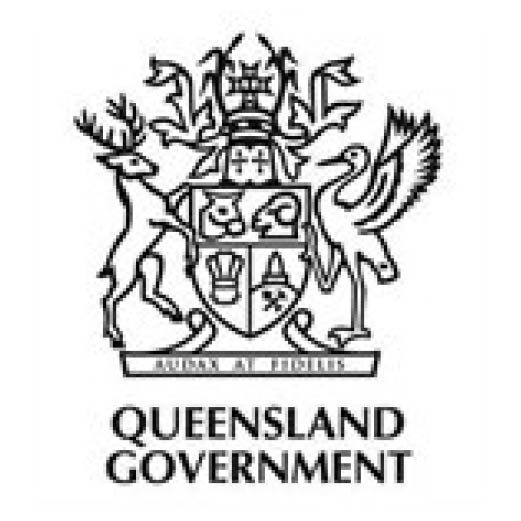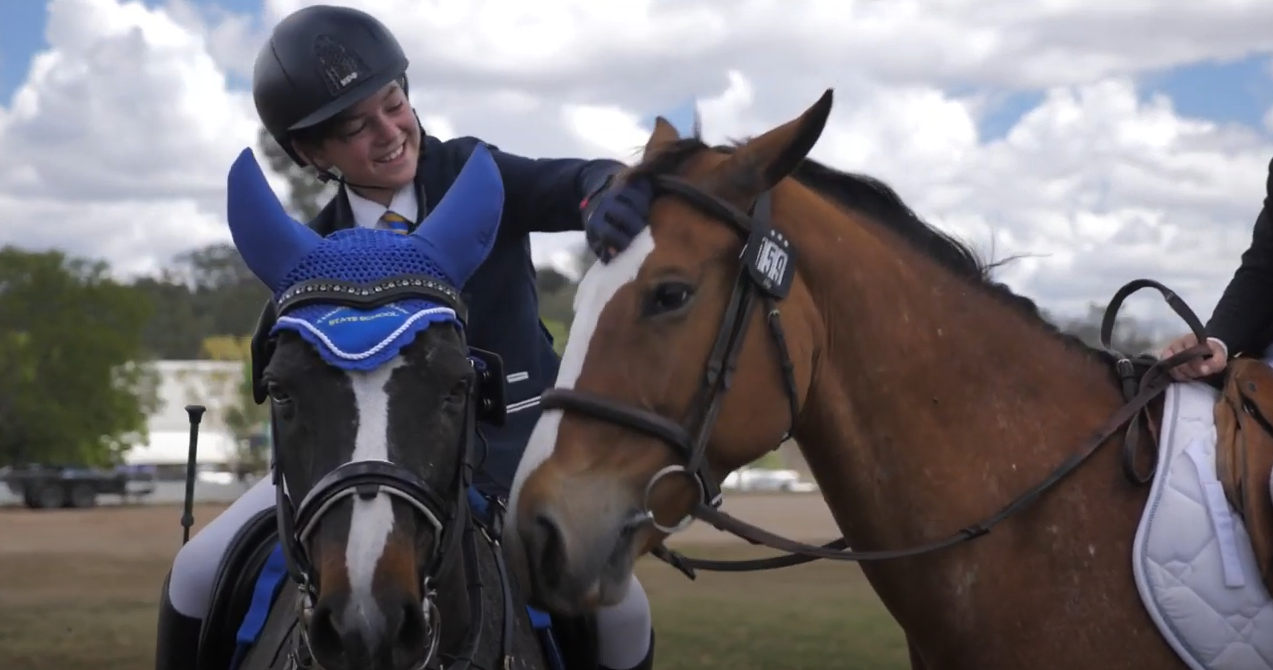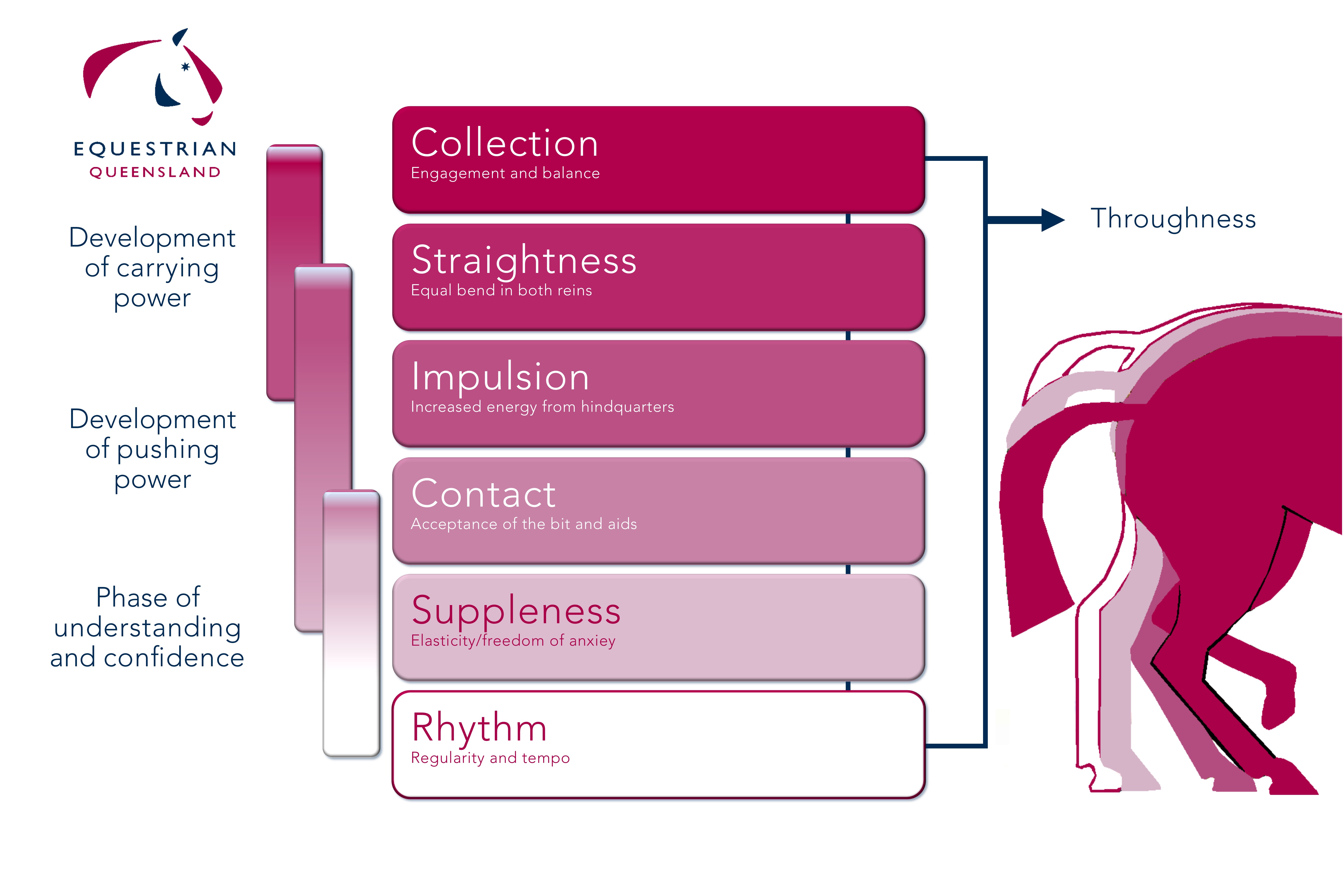
Irene Bakels-Noreen talks about the "Training Scale"
The training scale is a guideline for all coaches, riders and judges to follow. With a true understanding of these guidelines you may be able to achieve quality performance from your horse. The rider has to sit in a good balanced position at all times and be very correct with half halts and the timing of such.
If we firstly look at...
RHYTHM - What does that mean? It means the horses footfall is regular with the correct sequence of the pace. This includes within transitions as well as corners, turns and straight lines.
We may sometimes see a horse loosing regularity for an instance only through a corner or a turn but that does not mean the horse is irregular. This is not to be mixed up with lameness as then the horse should not be ridden until the problem has been fixed.
TEMPO - Is the speed of the rhythm. This is very important that the rider understands how to develop and not hurry the horse. A horse needs to be encouraged to push and carry from behind as it is born on the forehand and hurrying will not help with the balance from behind. Always try to develop lightness of the forehand.
SUPPLENESS - As the horse has to be confident, calm and relaxed to be able to show suppleness and CONFIDENCE. A horse which is hurrying shows tension and lack of balance and mostly cannot show the suppleness we are looking for. A supple horse will show elasticity and going with a swinging back taking the bit nicely forward and being able to bend on curved lines and stay straight on straight lines.
CONTACT - The horse is accepting the bridle and going with a closed mouth and listening to the riders aids with the POLL the HIGHEST point. Contact does not mean short reins and tight neck. The riders hands must allow the horse to go forward into a still and allowing hand which should not act backwards.
IMPULSION - This can be developed when all of the above is being maintained and that is increasing the energy from the hindquarters and not the speed of the rhythm. Never mix up energy with speed!
STRAIGHTNESS - We say the horse is straight when the footfalls from behind are in line with those of the front. It is essential that we help the horse to become straight so it may bend equally on both reins which is our aim. Most horses have a stiffer side and a rider has to recognize this and help the horse with correct exercises. A horse which is not straight will not be able to correctly show collection.
COLLECTION - Is the horse taking more weight and bend to the hind legs meaning the horse shows more uphill tendency and more lightness of the forehand.
The aim of the rider should always be to train the horse to go calmly and confidently, listing to the riders aids with a good swinging back and good hind leg action accepting the bridle without tension nor resistance in the mouth.
To achieve a good result with the horse, the rider must understand how to be clear with the basic training and also understand how the horse actually moves in the different paces (footfall). The rider must be consistent with the aids and train the horse in a systematic way. A HAPPY ATHLETE (the horse) will always try to obey and be submissive when it understands what is required and if the horse has been trained correctly it can do so with regular paces, confidence, elasticity, suppleness, good contact, impulsion and straightness thereby building up collection without being subservient.
HAPPY RIDING with A Happy HORSE !!
Irene Bakels-Noreen
EA Level 2 Dressage Coach, A level Dressage Judge

